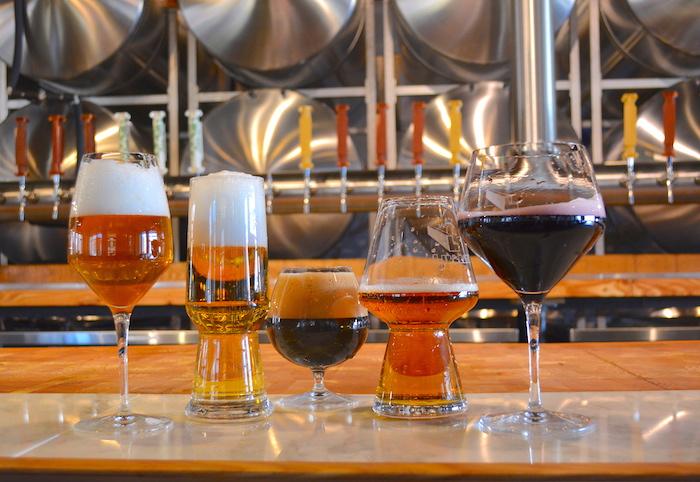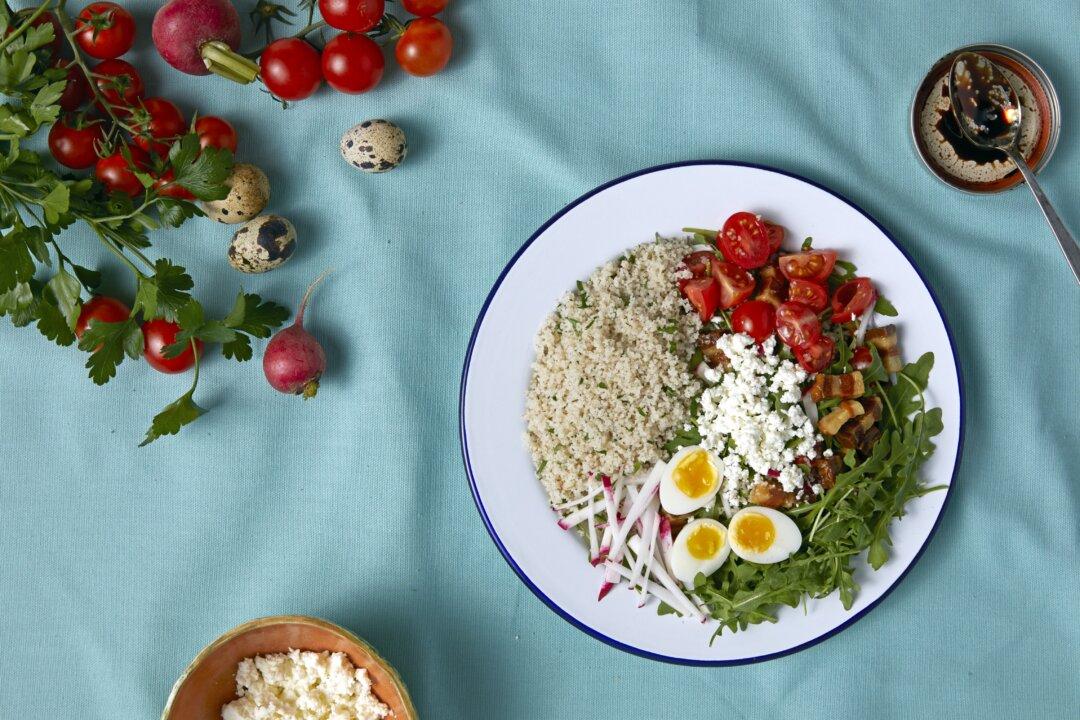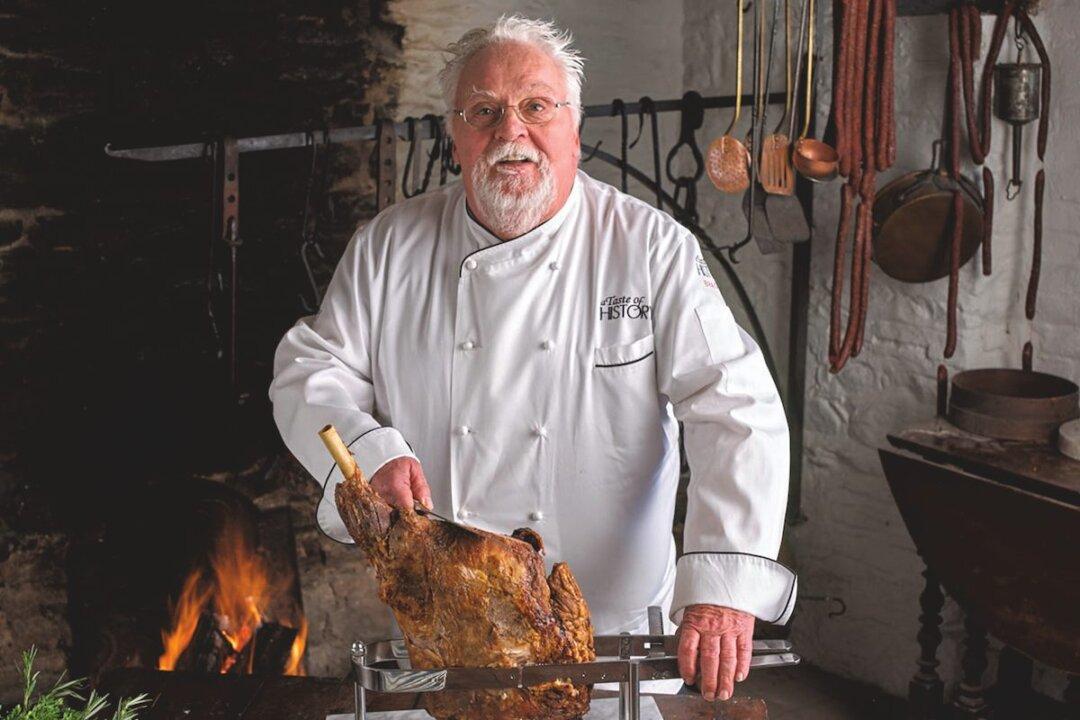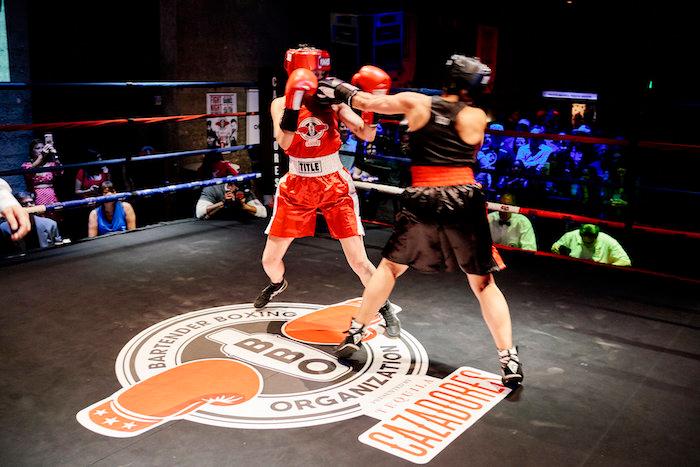Alex Liberati may not be the first person in the world to brew beer with grapes. But as far as he knows (or I know), he’s the first to launch a brewery solely dedicated to it.
In 2007, the Italian native opened one of Rome’s first craft beer bars, Brasserie 4:20. In 2009, he began brewing under the award-winning label Revelation Cat to broaden the range of styles available in his homeland. But in 2014 as the bureaucratic and financial difficulties of doing business in Italy began to pile up, Liberati decided to relocate—eventually settling on Denver, Colorado, for its entrepreneur-friendly environment and robust beer culture. Granted, both ensured the city was already home to breweries galore. But how to stand out in such a crowded field?





